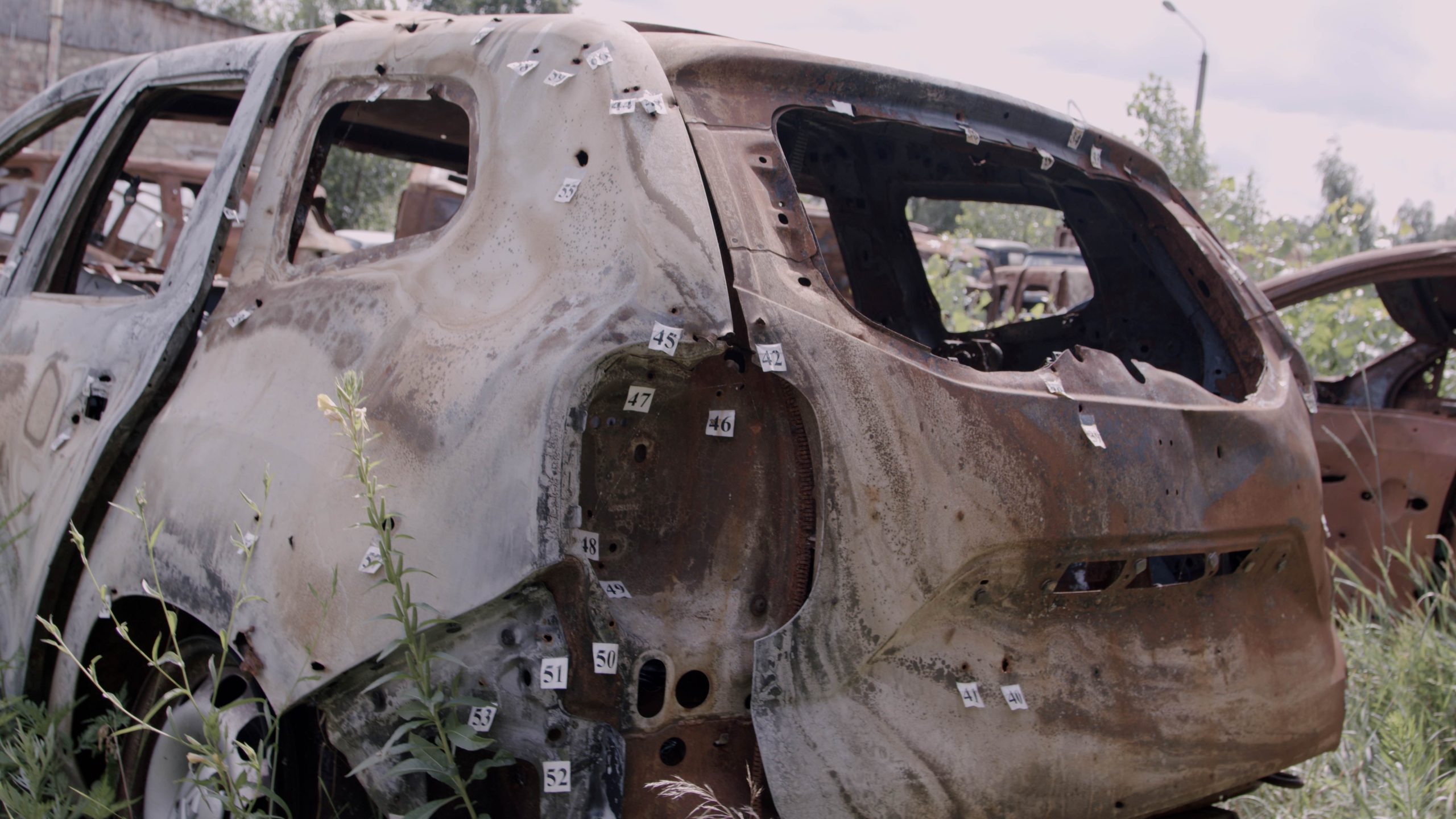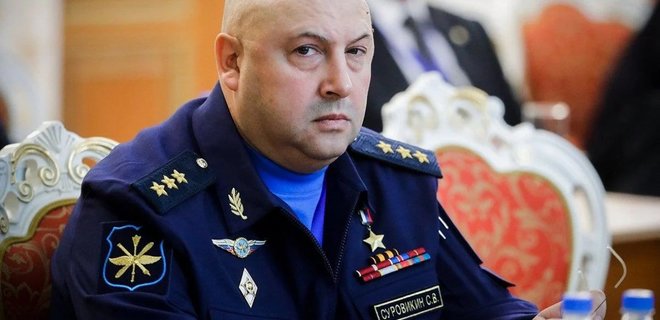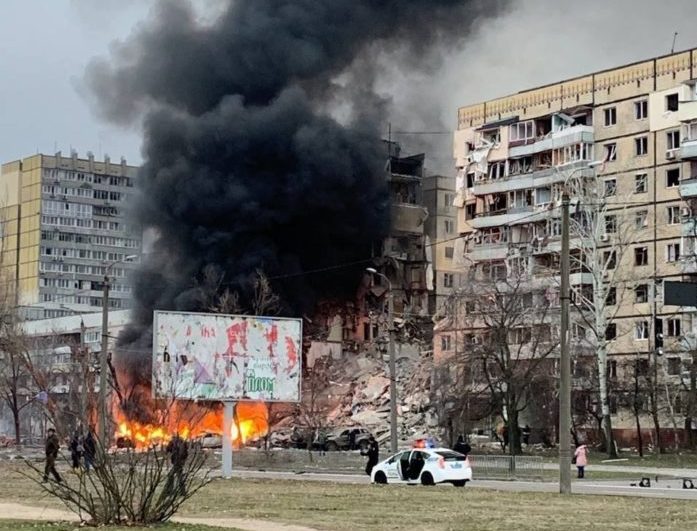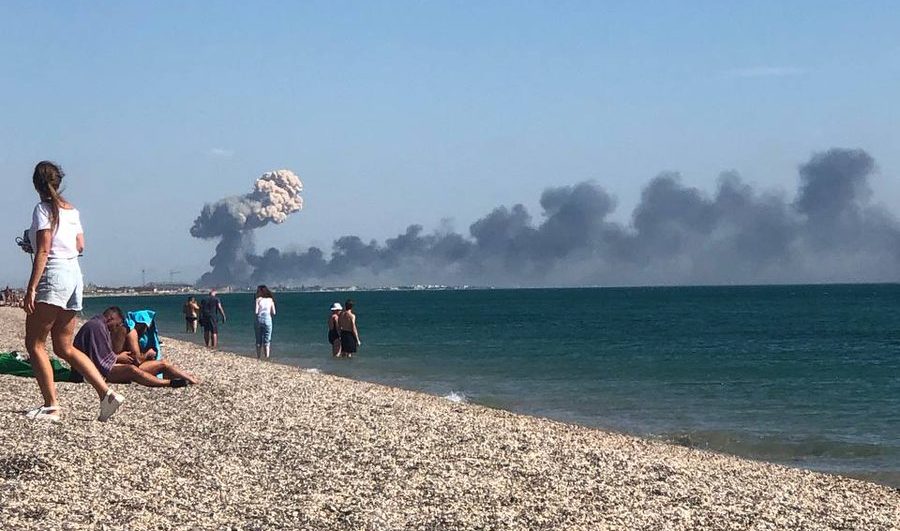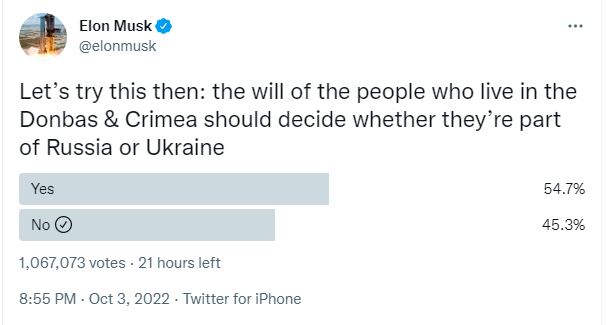Article by Taras Lazer and Nadja Kelm, summarized by Eugeniia Martyniuk
In the early days of the Ukrainian invasion, Russian forces seized part of Kyiv Oblast, turning the Zhytomyr highway, a vital link between Kyiv and the West, into a deadly corridor. This infamous 'death highway,' also known as M-06, witnessed a month-long rampage in March 2022 as Russian troops ruthlessly targeted innocent Ukrainian evacuees, leaving behind a trail of destruction, and making concerted efforts to conceal their heinous crimes by burning both vehicles and victims' bodies.
These atrocities were committed by Russian military personnel from the 2nd Battalion of the 5th Separate Tank Brigade, who had arrived in Ukraine from Ulan-Ude.
After extensive efforts, Ukrainian law enforcement identified victims, reconstructed the events, and determined the identities of the Russian commanders and soldiers responsible. Journalists Taras Lazer and Nadja Kelm of Texty have compiled a timeline of these events, which we summarize here.
3 March 2022: 1 fatality
On 3 March 2022, Russian forces established their positions along the Zhytomyr highway, near the UPG gas station situated between the villages of Myla and Mriya. They fortified their presence with firing points, trenches, bunkers, and military vehicles, including tanks, infantry fighting vehicles, and armed soldiers.
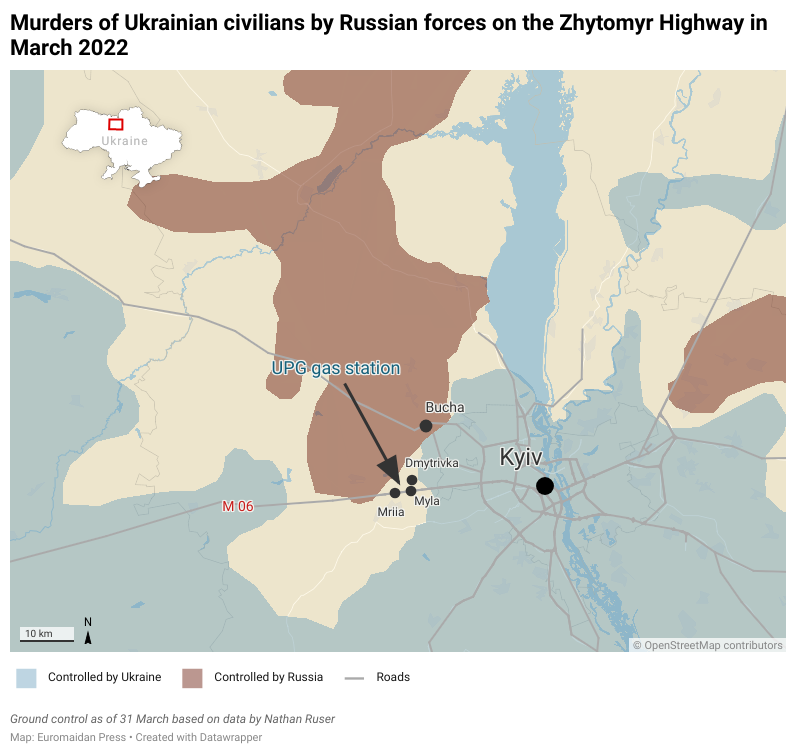
Ukrainian territorial defense troops, monitoring the region with drones, tracked the movements of Russian forces.
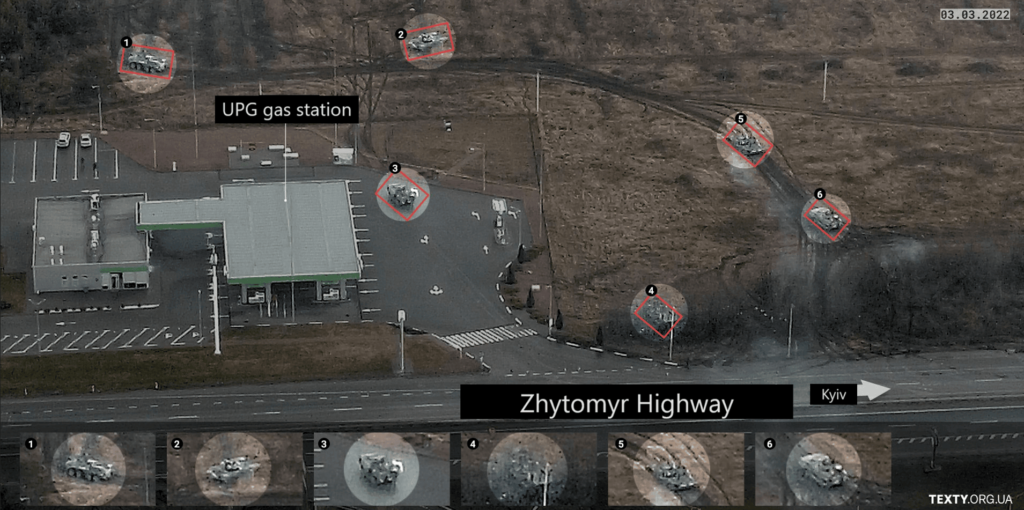
From the outset, the Russians targeted innocent Ukrainians, discovering Anatoliy Dreval's buggy center during their reconnaissance. They encountered Anatoliy on the center's grounds and fatally shot him in the head.
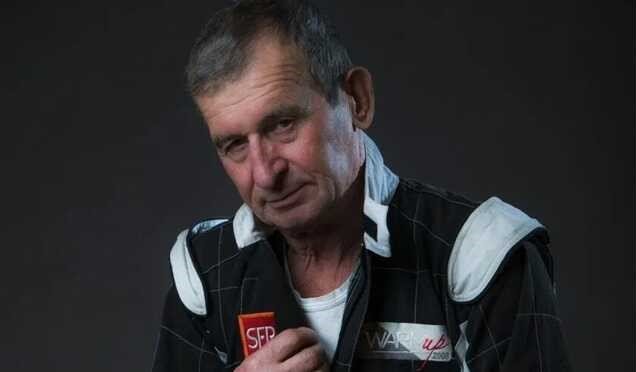
4 March 2022: 9 fatalities, 3 wounded
Olena and Serhii Stotskyi, and their young daughter attempted to evacuate Kyiv in a Kia Stonic. Near the UPG gas station, Russians opened fire. Olena shielded her daughter but died on the spot. Serhii, carrying his injured child, left the car after the Russian military told him to "find his people." Walking towards Zhytomyr, he heard them shoot at his car again, causing it to catch fire and explode. Inside was the body of Serhii’s wife, Olena.
The Stotskyi family's friends, Dmytro and Diana Toloka, were traveling with them in a Toyota RAV-4, which was also fired upon. Dmytro escaped unharmed, but Diana sustained a shrapnel wound to her shoulder. The Russians questioned and released them. Together with Serhii Stotskyi, carrying his injured daughter, they were rescued by local volunteer Volodymyr Nikolaichuk, who transported them to a hospital, saving their lives. Nikolaichuk's heroic actions saved numerous people in similar situations.
On the same day, Russians shot at a Volkswagen Passat, killing 80-year-old Vasyl Harashchuk, who was attempting to reach Kyiv.
Valentyn Hrabychak and Olena Husakivska, in a Renault Duster, were also killed at the scene as they tried to evacuate from a nearby second home. Days later, the Russians set their car on fire along with their bodies.
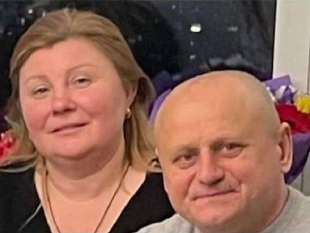
A Mitsubishi Pajero Sport carrying three territorial defense fighters, Vasyl Kozlov, Oleksiy Kazymir, and Mykhailo Boichenko, was shot at, resulting in their immediate deaths.
Also the Russians targeted another Toyota RAV-4, but the driver and passenger managed to escape. Additionally, Volodymyr Panov and Oleksiy Dudnyk, walking along the highway, were shot at. Panov's charred body, along with three other charred and unidentified bodies, was discovered on the roadside, all stacked together and covered with tires.
5 March 2022: 1 fatality
On that day, Russian forces fatally shot Oleksandr Shelyh, an unarmed Ukrainian civilian who was walking along the highway. He died due to gunshot wounds to the abdomen and head.
7 March 2022: at least 3 fatalities, 2 wounded
On that day, a large civilian evacuation convoy, including a Hyundai i30, was heading toward Kyiv. Inside the Hyundai were Maksym Iovenko, his wife Ksenia Tsaturova, their 5-year-old son Hordiy, and a family friend, Natalia Melnyk.
As the Russian forces opened fire, Maksym Iovenko stopped the car and exited with raised hands. The Russians shot and killed both him and his wife. Natalia Melnyk sustained injuries, but the child was unharmed. This harrowing incident was documented by Ukrainian territorial defense fighters using a drone.
"Maxim jumped out, waving his arms and yelling, "There are kids here! Kids!" This was all happening right in front of me. He fell down. Ksenia let out a raspy breath once, then again. Hordiy asked, "Why is mama wheezing?"
I turned around and grabbed Hordiy. Then they started shooting. I was thinking, "How will he get his seatbelt off?" But somehow he did it himself or something. I took him in my arms, but he couldn't fit between the two front seats.
I twisted him out, laid him on the driver's seat and covered him [with my body]. I understood it must be painful for him to lie like that, so I shoved him down more [under the steering wheel]. And that's how I got shot. I was lying there as they kept shooting...
Then silence. So quiet and still. I quietly opened the door - Buryats were standing there with automatic rifles... These were soldiers of the Russian Federation… I opened the door and immediately said, "There are children here, don't shoot. Please, there are children."
...He [the Russian] looked at something and said, "Close the child's eyes." I covered Gordiy with the shawl I had. He led us over to the UPG gas station.
There was a pit there. I saw it right away. I asked the Russian who had led us, "Are you serious now? Don't do that." He said, "Forgive me. I also have a six year old child. Forgive me." I thought they would execute us... But behind the pit, a Russian officer appeared and yelled, "Who opened fire? Who was shooting? Who brought her here?" [it later turned out this officer's name was Tkharo Abatayev].
Someone behind me asked, "What should we do with them?" The officer looked into my eyes for a long time. Then he said, "Let them go."
They led us out and Gordiy and I walked away... Also, the Buryat picked up Hordiy and asked, "What's your name?" "Hordiy." "I ask for your forgiveness. I know you won't forgive me, but I ask for your forgiveness." I think he was the one who shot and killed the parents," Nataliya Melnik told the investigators.
Natalia Melnyk, carrying the boy, walked westward along the Zhytomyr highway and was soon picked up by the same volunteer, Volodymyr Nikolaichuk.
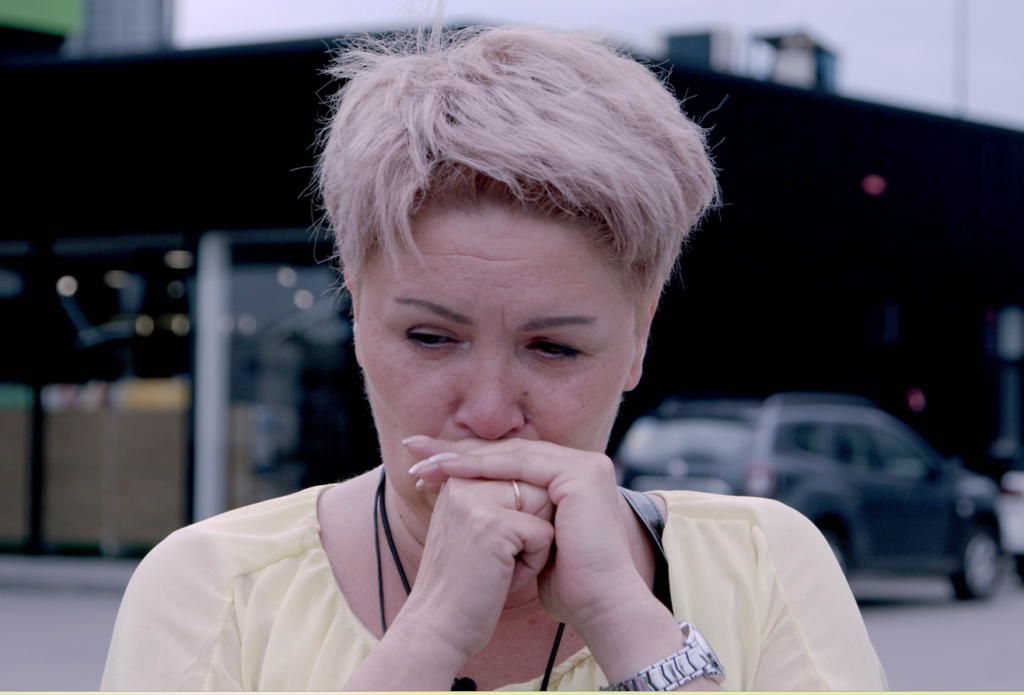
Following the shooting, the Russians set fire to the car and the bodies of Maksym Iovenko and Ksenia Tsaturova.
In the same convoy as the Hyundai i30 was a Jeep Compass carrying Vira Rykal, her husband, and an elderly mother. They managed to escape the Russians, but Vira Rykal sustained a back injury.
Also in the same convoy was a Subaru Outback with four people inside. When the vehicle came under fire, the driver sped toward Zhytomyr, and all four Ukrainians emerged unharmed.
On that day, near the UPG gas station, the Russians stopped Serhii Kabashnyi in a Ford Transit, killing him with a gunshot to the head and confiscating the vehicle.
It was this very vehicle that Russian military personnel used on 19 March 2022, to drive to the Camper Group car dealership, located a few kilometers west of the Zhytomyr highway. There, they fatally shot the dealership owner, Serhii Muravytskyi, and the security guard, Leonid Pliats. Ukrainian investigators believe that the crime was perpetrated by Russian soldier Mykola Sokovikov.
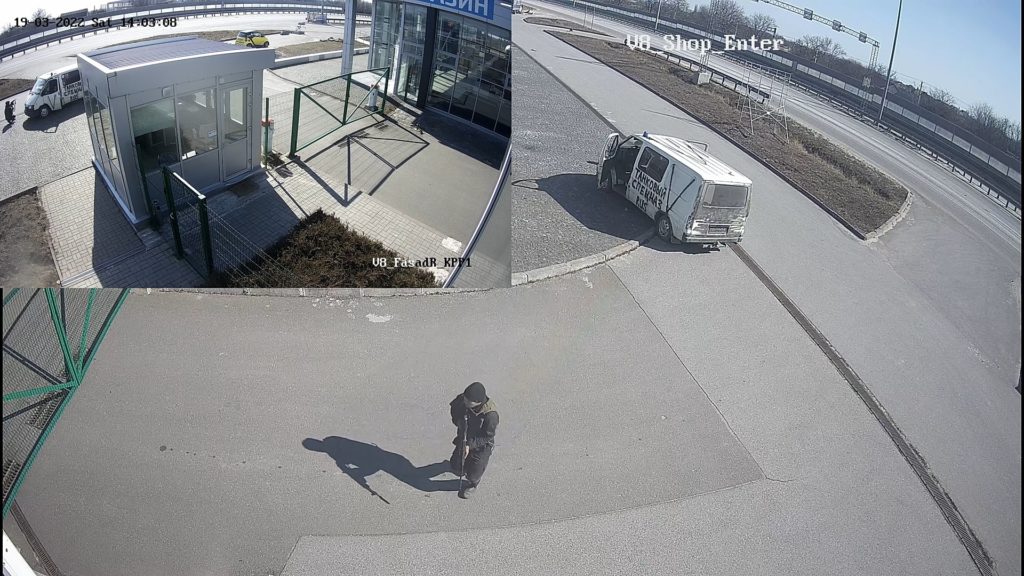
8 March 2022: 1 fatality
On this day, the Russians killed a local named Bohdan Komarovskyi. He died, succumbing to gunshot wounds to the head and body. Komarovskyi was on his way back home after visiting friends.
11 March 2022
Trending Now
On this day, a civilian evacuation convoy traveled along the Zhytomyr highway and encountered Russian military personnel. The Russians inspected each vehicle, confiscating all household electronics such as phones, tablets, laptops, and other devices. In some cases, Ukrainians were permitted to keep their SIM cards.
13 March 2022: 1 fatality
On this day, Russian forces gunned down Andriy Ziniak, a police officer and a veteran of the Donbas war who was also a member of the local territorial defense. He died due to a gunshot wound to the back.
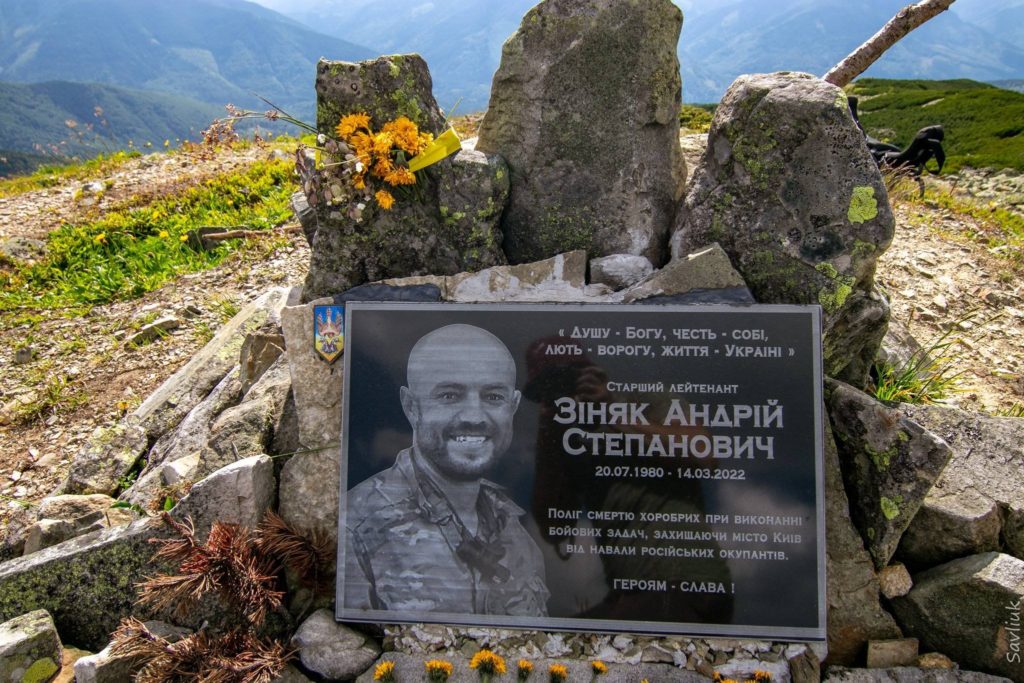
25 March 2022: at least 3 fatalities
On this day, Russian forces shot at a Toyota Land Cruiser Prado driven by Oleksandr Stepanechko, who was en route from Kyiv. He succumbed to headshot wounds, and his vehicle was engulfed in flames.
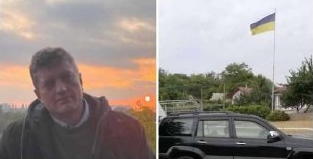
Additionally, a Mitsubishi Lancer 9 carrying Viktor Sukmaniuk and Lyudmyla Pliushchyk, a couple heading for Kyiv, was targeted by Russian forces. Both individuals perished at the scene, and the Russians set the car on fire. Investigators encountered difficulties collecting genetic samples due to the severe charring of the victims' bodies.
Unidentified victims
In this area and nearby, the remains of 8 more bodies were found, but their identities remain a mystery. All victims suffered gunshot wounds, with most being shot in the head. Almost all of them were then burned. However, the details and timing of their deaths remain unclear.
Despite collecting DNA samples and adding them to the central database, no matches have been found. Police explain that many individuals with missing family members do not report to the authorities or provide DNA samples, as they hold onto hope that their loved ones are still alive.
Investigation
Investigators began their work at the site a few months after the Kyiv Oblast was liberated on 2 April 2022. Their efforts commenced with the collection of video footage and interviews with witnesses. According to local residents, the 11 vehicles involved in the shootings were taken to the village of Dmytrivka by Russian forces.
"The scrapyard was a chaotic scene of mangled cars, intertwined masses of metal. We carefully navigated through the twisted wrecks, searching for any remaining VIN codes or identifying marks. Unfortunately, the vehicles had been reduced to burnt-out shells, crushed beyond recognition by heavy machinery, leaving only unidentifiable scraps of metal," the investigators recalled.
Investigators pinpointed the exact dates of each victim's demise by cross-referencing data from multiple sources. Drone footage, captured by territorial defense forces, proved invaluable in this process. Additionally, the analysis of phone records played a pivotal role in constructing timelines.
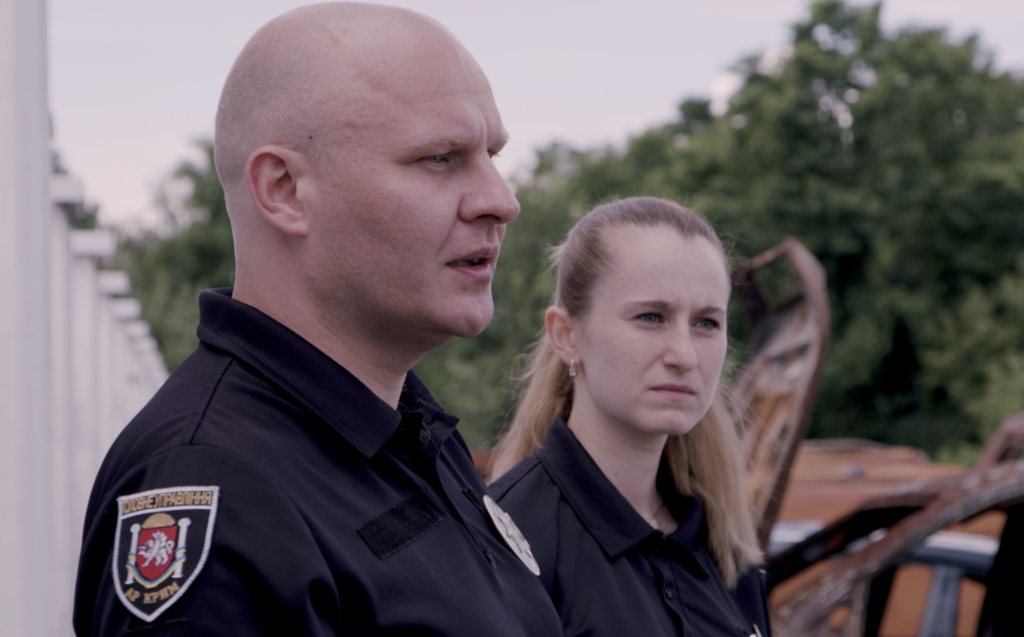
"With prior knowledge of the identities of the deceased and their modes of travel, we obtained the victims' phone numbers and traced their final calls. By amalgamating this evidence, we successfully established the precise dates and approximate times of their deaths," clarified lead investigator Alina Mashkina.
Ballistic experts determined that the vehicles in this area suffered a minimum of 50 to possibly as many as 90 impacts. Significantly, the entry points for these projectiles were identified on both sides of the vehicles, indicating that the Russians had fired from both sides of the road.
"The Russians didn't care whether it was a woman or a child - they carried out these executions cruelly, brazenly, with particular cynicism... Then the Russians burned all the cars to cover up the traces of their criminal actions," investigator Andriy Vyshnyak said.
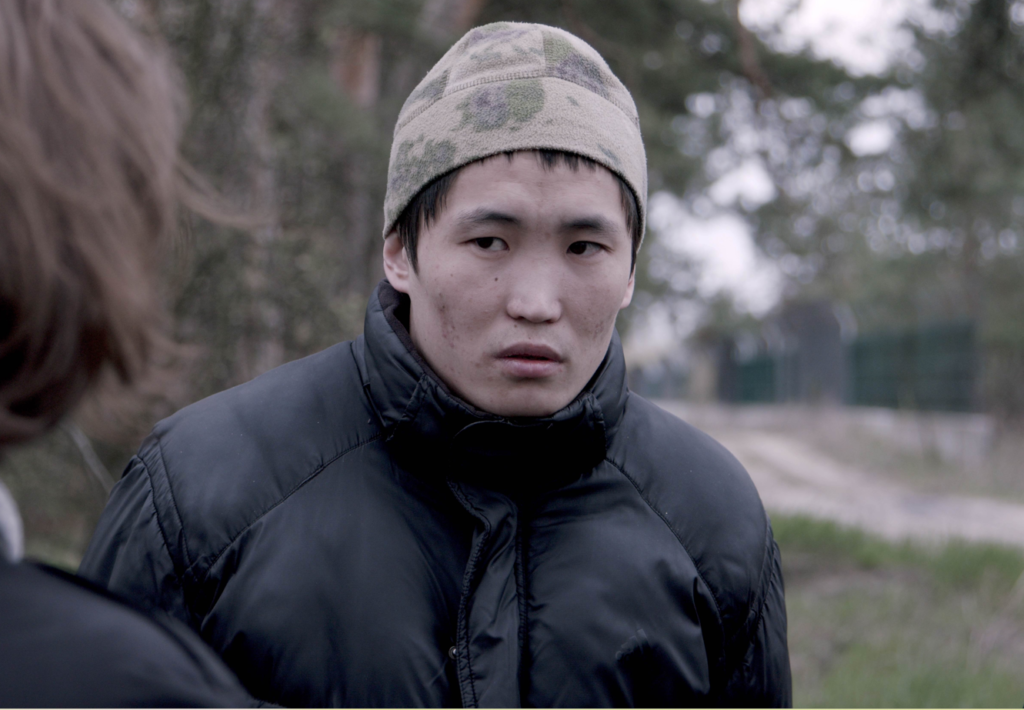
Russian military involvement
Ukrainian investigators have identified the perpetrators of the Zhytomyr highway crimes as soldiers from the 2nd Battalion of the 5th Separate Guards Tank Brigade. Comprising approximately 300 individuals, they had a continuous presence in the area until the end of March, operating under the command of Major Tkharo Abatayev.
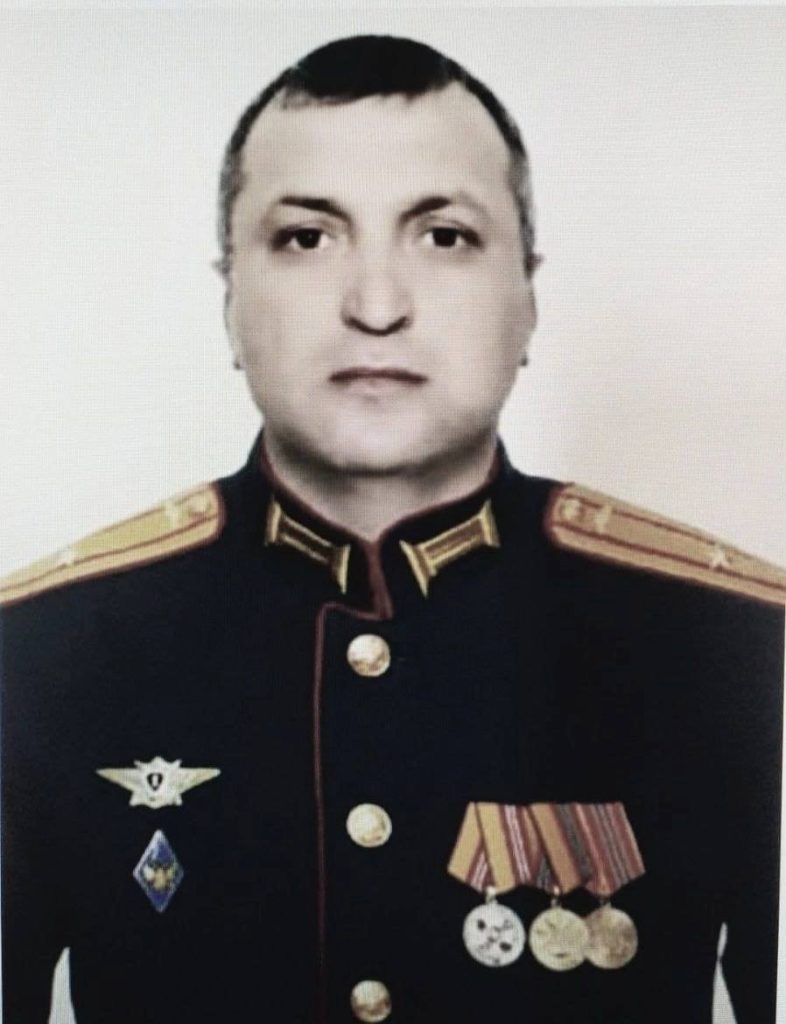
Near the UPG gas station, Ukrainian police discovered insignias, documents, and duty schedules with names, aiding in the identification of many of Abatayev's subordinates.

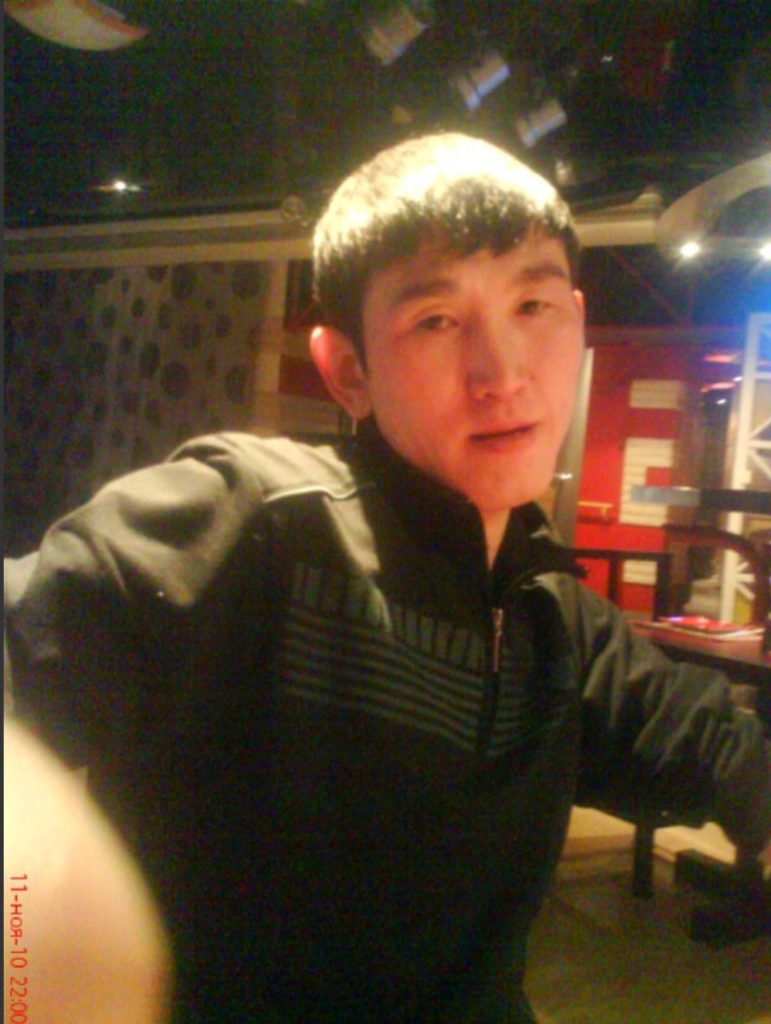
Ishchenko and Taryashinov are suspected of being involved in the killings of Maxim Iovenko and Ksenia Tsaturova, as well as causing injuries to Natalia Melnyk and Vera Rykal.
Their commander, Tkharo Abatayev, is suspected of being involved in the deaths of 13 civilians, including Olena Stotska, Maxim Iovenko, Ksenia Tsaturova, Vasyl Harashchuk, Valentyn Hrabychak, Olena Husakivska, Volodymyr Panov, Bohdan Komarovskiy, Viktor Sukmanyuk, Lyudmyla Plyushchyk, Oleksandr Stepaneсhko, Serhiy Kabashnyi, and Oleksandr Shelykh.
After the de-occupation of the Kyiv Oblast, Abataiev and his subordinates withdrew to Belarus and then to Ulan-Ude. What happened to them afterward is unknown. Russian media reports suggest that Abatayev was declared deceased and posthumously awarded the "Order of Courage." Additionally, a school in Makhachkala was named in his honor.
Ukrainian investigators have also linked Lieutenant General Aleksandr Chaika, the commander of the Russian Eastern Military District, to the planning, preparation, and invasion of Russian forces into Northern Ukraine.
In the vicinity of the UPG gas station, Russian military personnel were responsible for the deaths of at least 27 people, with an additional five individuals sustaining injuries. Other battalions from the 5th Separate Guards Tank Brigade occupied positions further along the highway, spanning approximately 15 kilometers, where similar incidents of violence and killings occurred. Investigations into these cases are ongoing.
Read more:
- Police have identified Russian soldiers who shot 10 civilian cars in the Kyiv region in March
- Like Napoleon's 1812: why Russian troops retreated from northern Ukraine
- Russia had a secret plan to wipe Ukraine off the face of the Earth. This report tells why it failed

